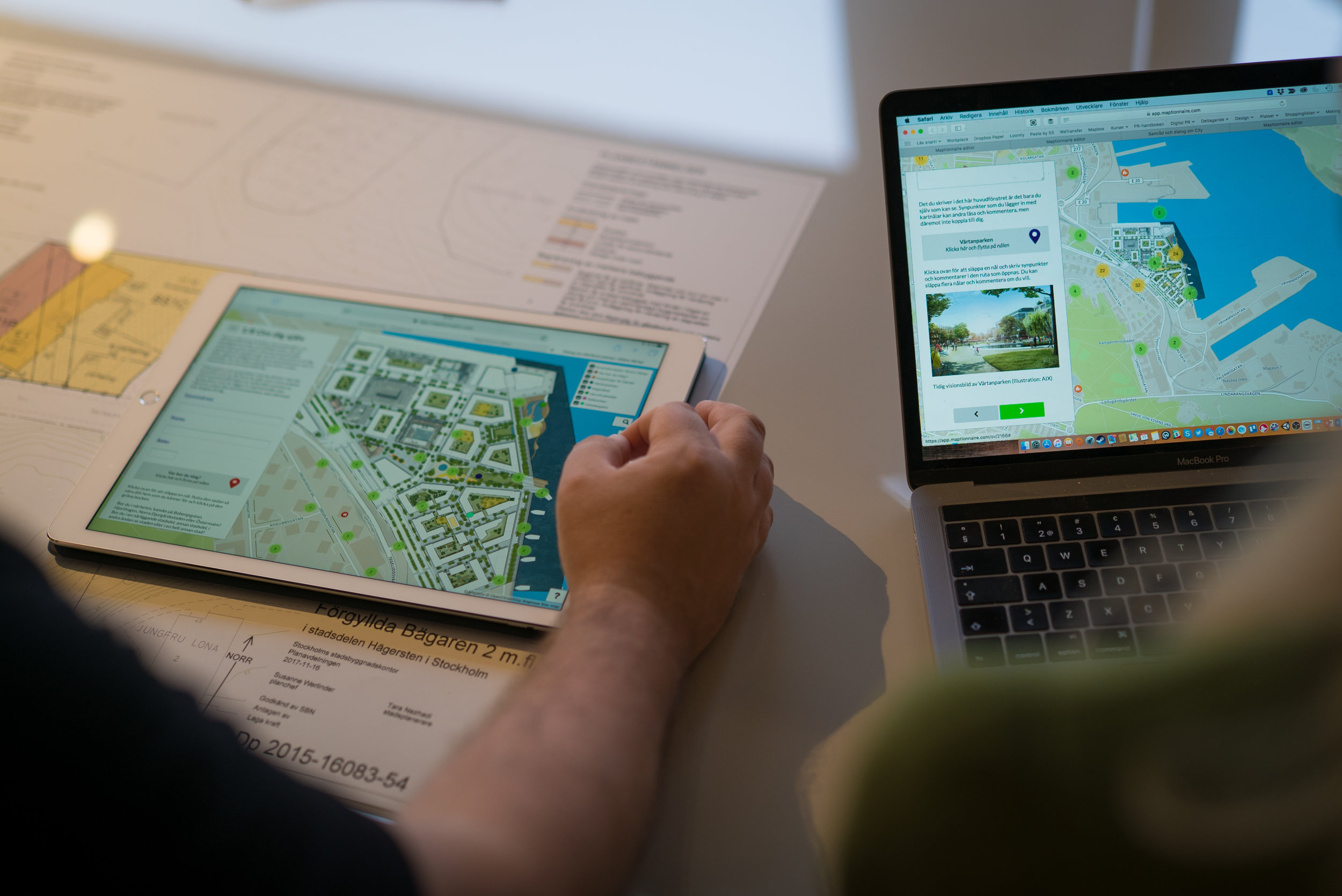Challenge: NIAB was not happy with their previous survey tool provider. They needed a service that was flexible and easy to use, and where the structure of the surveys could be adapted. They also wanted the data to be easy to manage.
Solution: NIAB was able to easily recreate surveys with Maptionnaire. The respondents found it was easy and intuitive to use the tool. Their survey on stem flea beetle offered them useful information on how they can help prevent crop damage in the future and resulted in several published articles and presentations.
The National Institute of Agricultural Botany (NIAB) is an agricultural crop science research organization, based in Cambridge, UK, with work traditionally rooted in variety improvement in agricultural crops.
NIAB uses surveys to collect data on agricultural production, pest, and disease occurrence. Although they had received moderately useful responses to some of the surveys from an earlier provider, they felt that there was insufficient flexibility to edit and adapt the structure of the surveys between seasons and that the output of this data was not easy to manage. Having heard of Maptionnaire, NIAB decided to take a look online. Maptionnaire’s survey tool appeared to offer exactly the flexibility they were looking for.
Improved Flexibility with Maptionnaire
A specific challenge to the oilseed rape crop arose in 2014, following the EU banning of neonicotinoid seed treatments. This unleashed a potentially devastating pest — the cabbage stem flea beetle — which attacks the emerging crop and can cause complete crop loss. They had been monitoring this pest in a series of crowdsourcing surveys since 2015. As such, they found that recreating the survey in Maptionnaire was straightforward and gave exactly the improved flexibility they were looking for.
The Maptionnaire survey resulted in good graphics on Google-based maps and the farmers and agronomists liked using it. News of the survey spread rapidly by social media so getting people to participate was very easy (check this article for more recommendations about spreading your survey and engaging stakeholders).

Useful Data from over 1000 Responses
The survey responses, from well over 1000 individual oilseed rape crops, gave them a tremendously useful block of data on the geographical spread of the pest damage and the agronomic practices used by different farms to minimize crop damage. This has been translated into a wealth of published articles and presentations, enhancing the position of NIAB in this research field.

I would encourage anyone with ambitions to create new survey work to go to the Maptionnaire website and just start to formulate the structure and detail that you will require. You can get to a fully functional prototype survey and then go live when you are completely happy.




.webp)















































